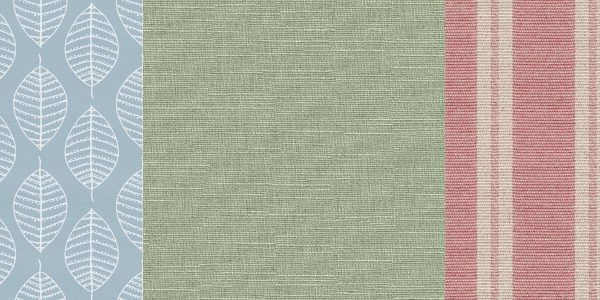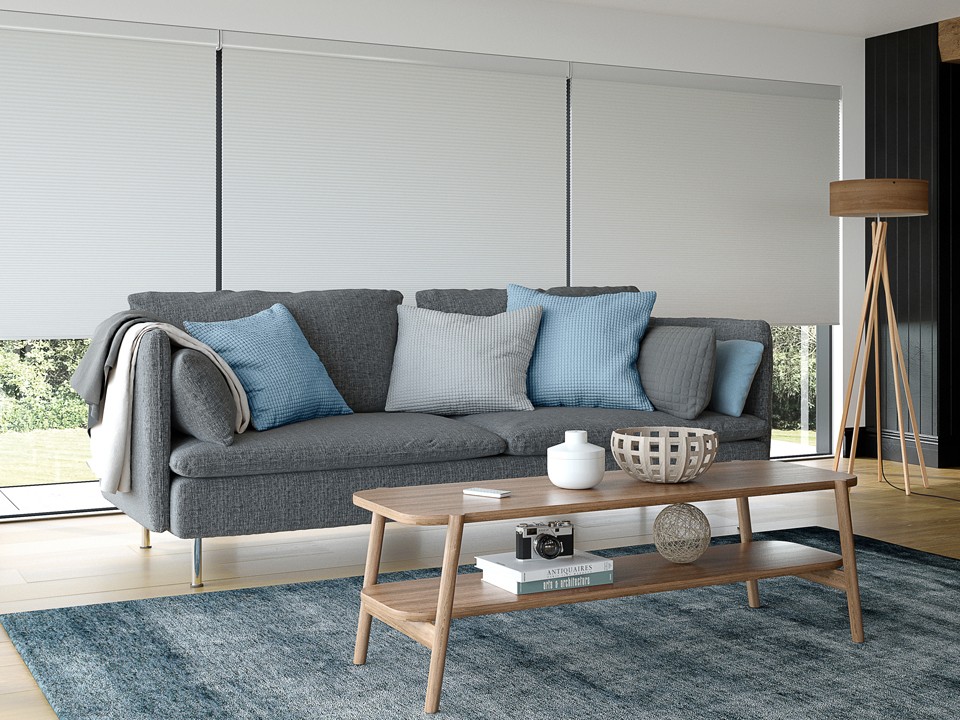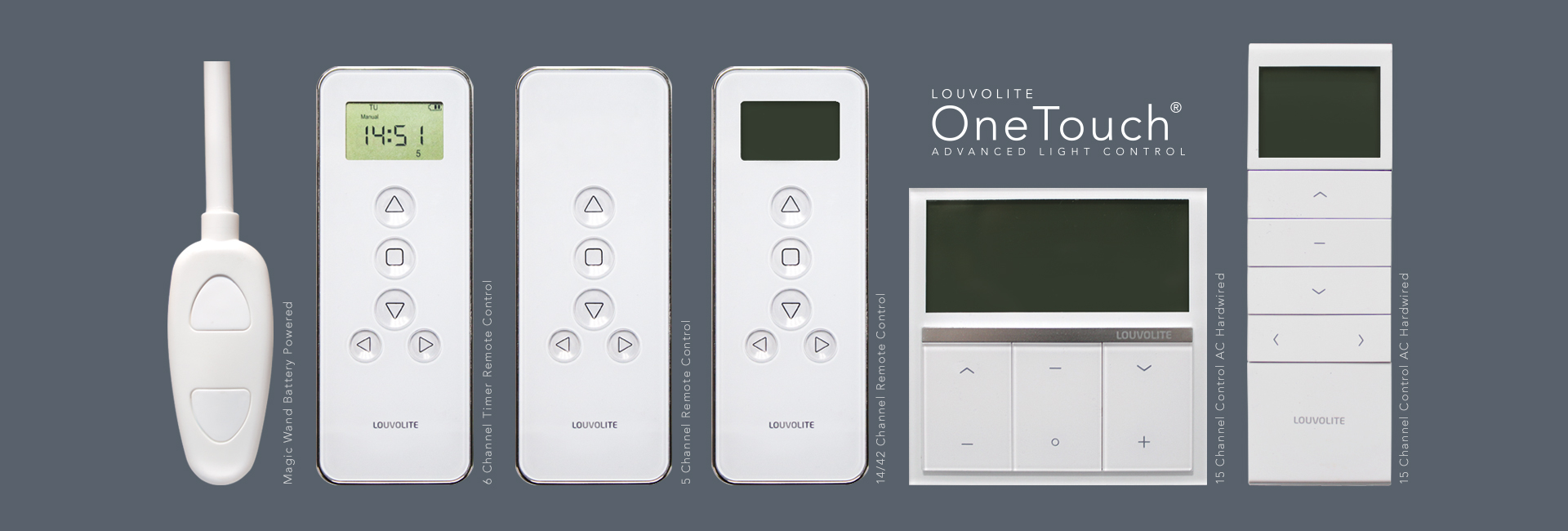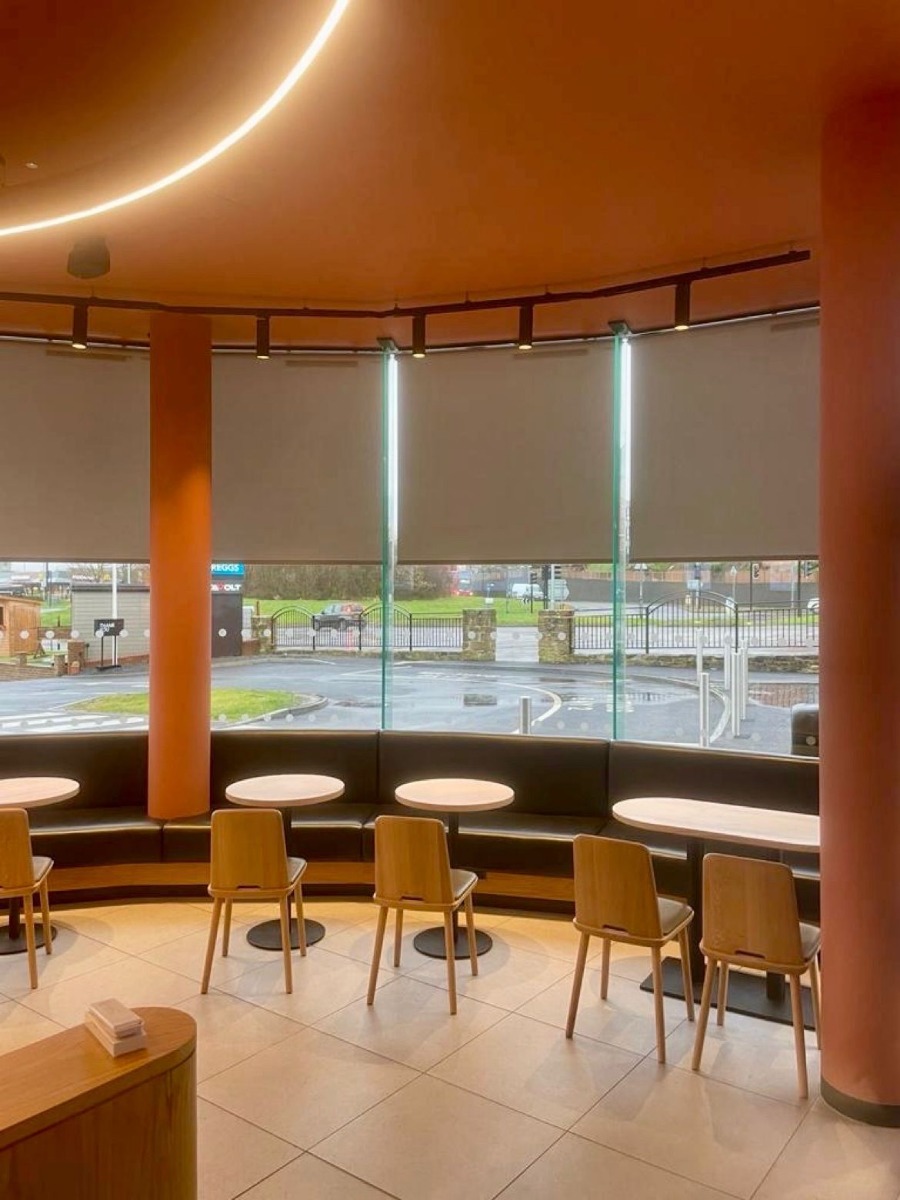Black & White Engineering
This case study examines a project to address significant sunlight-related challenges in Black & White Engineering’s office building. Focusing on the effective identification of problems, the implementation of solutions, and the management of operational constraints, this case study highlights the successful application of project management skills in a corporate setting. The case’s outcome demonstrates the potential for business growth through high-quality service delivery and client satisfaction.
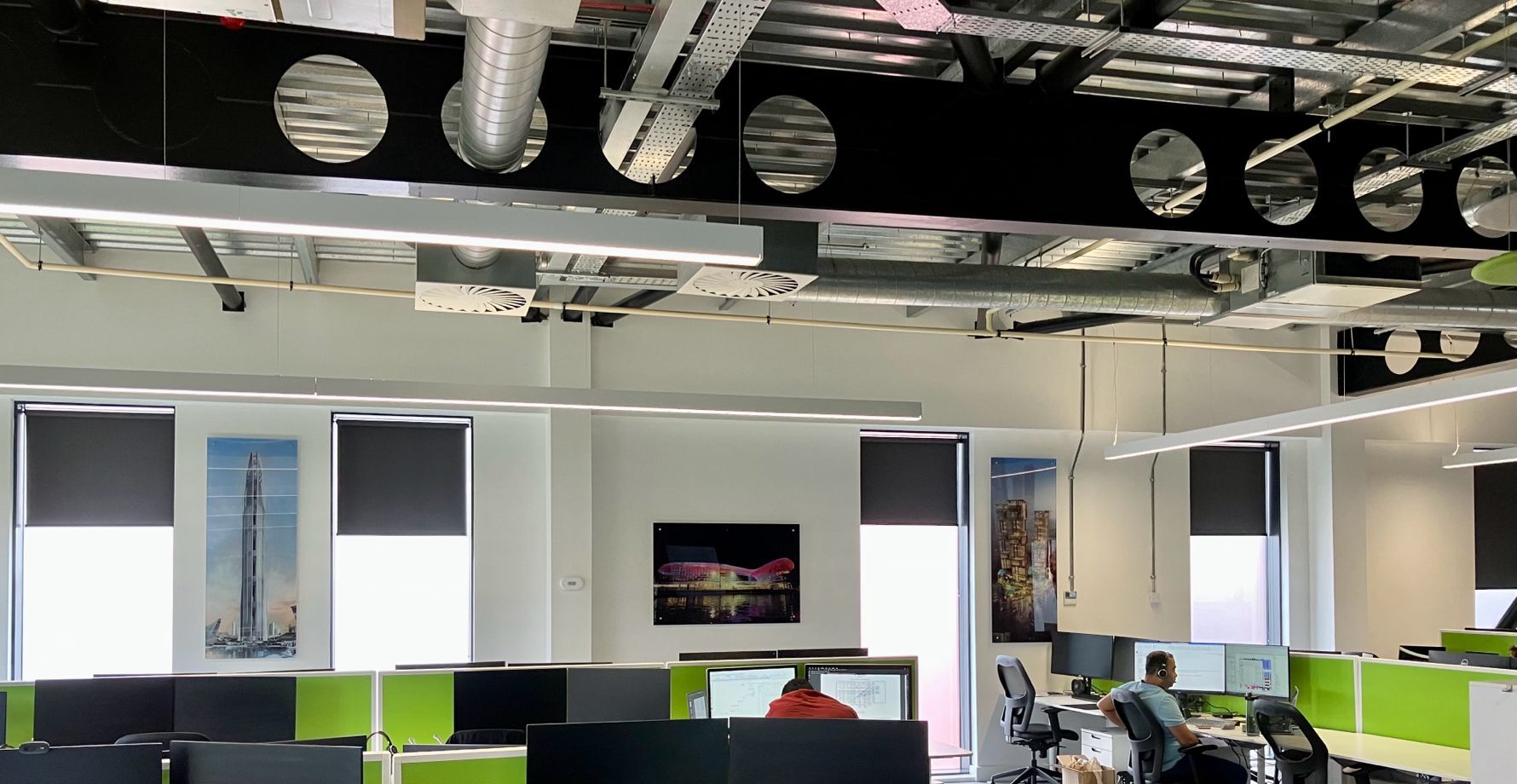
Project Overview and Context
Background
The client’s office, characterised by its south-facing orientation, presented challenges related to excessive heat gain and glare. These issues were particularly pronounced in the large open-plan office space and smaller offices, including a board/presentation room, adversely affecting the use of monitors and laptops.
Objectives
The primary objective was to mitigate the effects of sunlight, improving screen usability and overall comfort. A secondary objective was implementing the solution with minimal disruption to the client’s daily operations.
Problem Identification
Challenges in Sunlight Management
The south-facing façade led to excessive heat and glare. The impact was twofold: discomfort for the office occupants and reduced usability of electronic screens.
Extent of the Problem
The issue extended beyond the main office area, affecting multiple rooms and making some spaces unusable during sunny periods.
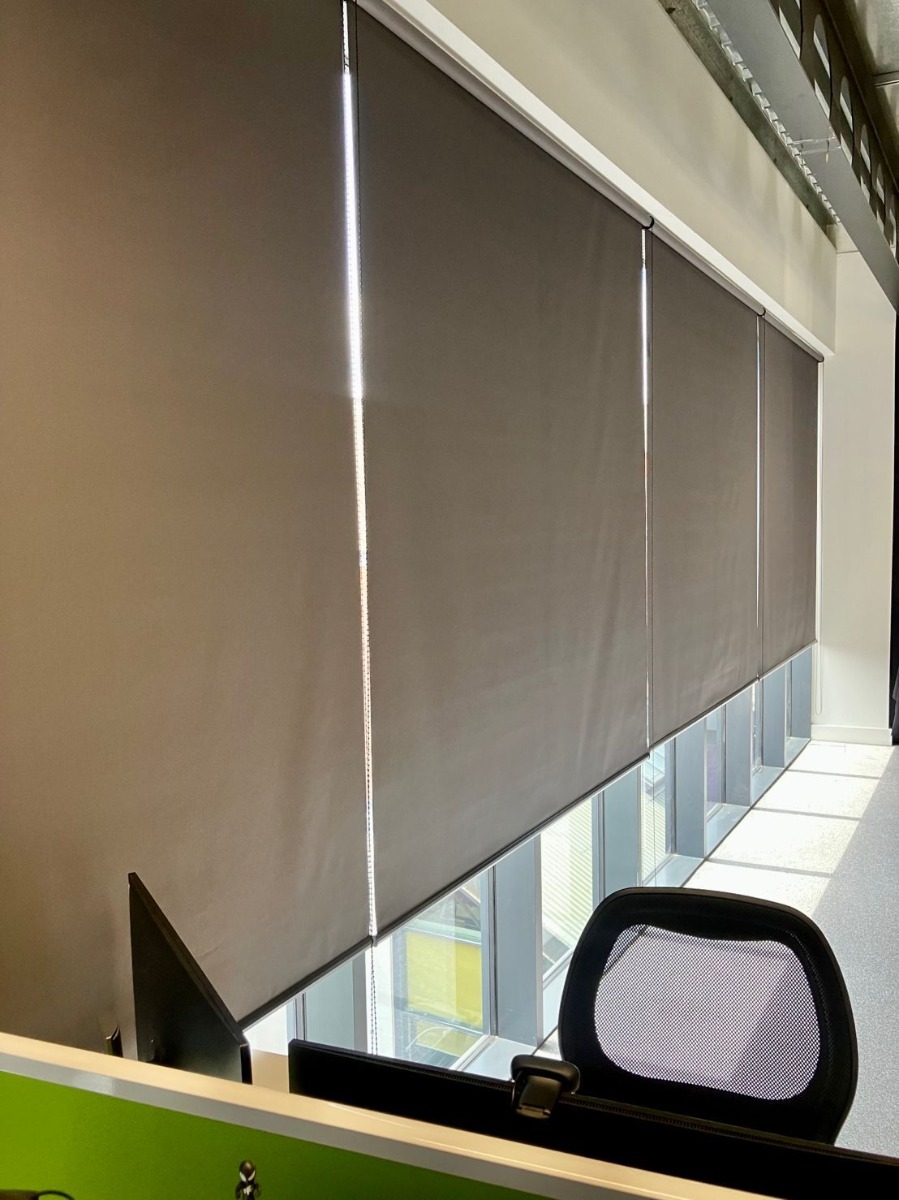
Solution Implementation
Chosen Solution
Full-height blackout roller blinds, each measuring 2m x 2m, were installed across the office. This solution targeted the primary issues directly and effectively.
Implementation Strategy
The standardisation of the blinds facilitated a more efficient installation process. The choice also considered aesthetic uniformity across different office spaces.

Challenges and Resolutions
Operational Constraints
The significant challenge was the need to coordinate installation around the office’s operational hours and meeting room bookings. This required meticulous planning and adaptability.
Overcoming Challenges
The team’s ability to work within these constraints and ensure quick, efficient installation minimised disruption and contributed to the project’s success.
Business Impact and Client Satisfaction
Growth and Expansion
Following the installation, the company secured additional blind installation projects within the same building, indicating client satisfaction and trust in the services provided.
Repeat Business
The ability to attract repeat business within the same project scope highlights the company’s reputation for quality and reliability.

Insights and Lessons Learned
Project Management Skills
The project improved the team’s capacity for planning and executing large jobs in restricted environments.
Adaptability and Efficiency
Learning to adapt and maintain efficiency under operational constraints is a significant takeaway, invaluable for future projects in similar settings.
Key Takeaways and Strategic Outcomes
This case study underscores the importance of problem identification, effective solution implementation, and adept project management in operational business environments. The successful installation not only resolved the client’s immediate issues but also led to business growth and client satisfaction. These outcomes emphasise the value of adaptability, efficient planning, and the ability to minimise disruptions in a corporate setting.


